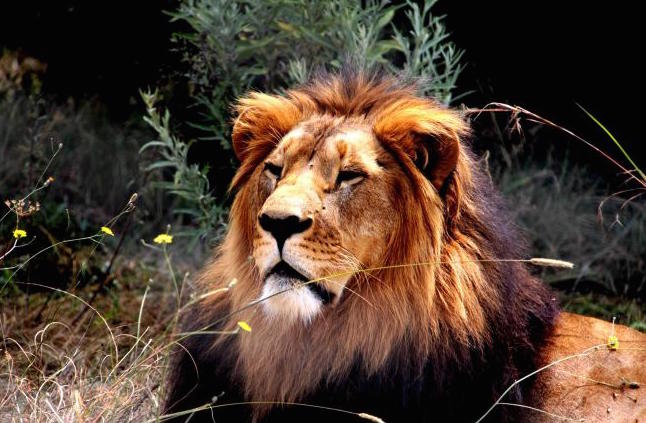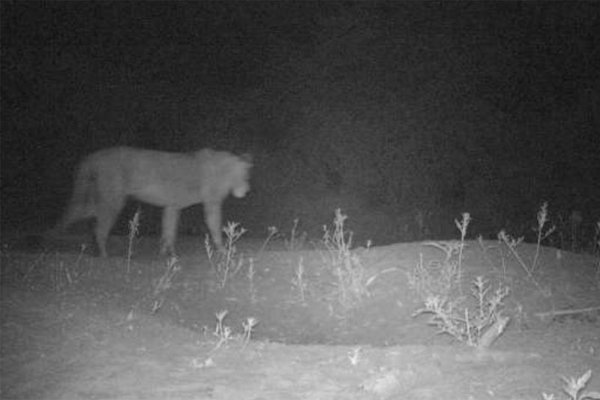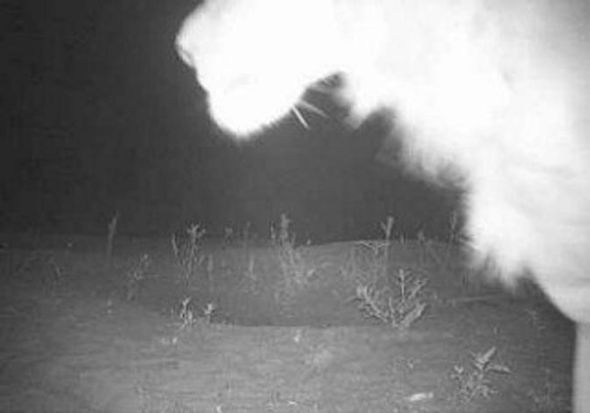
source
University of Oxford’s Conservation Research Unit discovered something exciting. At least 100, and possibly as many as 200, lions are living in Ethiopia and Sudan.
Exciting news
The lions were spotted in the Alatash National Park, in Ethiopia near the border with Sudan and in the Dinder National Park, across the border in eastern Sudan. The expedition was funded by the organization Born Free. The chief executive officer, Adam Roberts, released a statement:
“The confirmation that lions persist in this area is exciting news. With lion numbers in steep decline across most of the African continent, the discovery of previously unconfirmed populations is hugely important – especially in Ethiopia, whose government is a significant conservation ally.”
The lion population has nearly halved in the last two decades. And during the last half century, lions in Africa have dropped from 100,000 to about 32,000. A big problem is that lions are losing their habitat to agriculture – the African lion’s savannah habitat has dropped by 75% in the last 50 years. They are also being killed to protect nearby communities and livestock. They were believed to be locally extinct in Sudan until this discovery.

A stable population
The lions appear to be stable. Hans Bauer, a well-known conservationist, led the expedition.
“During my professional career I have had to revise the lion distribution map many times,” he said. “I have deleted one population after the other. This is the first and probably the last time that I’m putting a new one up there.” He set up camera traps on a river bed so he could catch the lions on film. “While I was walking to find some trees to put the camera on, I already saw some footprints. That was the eureka moment when I was sure that there really are lions,” Bauer said. “Considering the relative ease with which lion signs were observed, it is likely that they are resident throughout Alatash and Dinder.”
He estimated that in the range, there is a density of one to two lions per 100 square kilometers. They had not been discovered until now because that area is hardly visited.

The next steps
The next step is to notify officials in both countries about the lions so they can make efforts to conserve and protect the areas.
“We need to do all we can to protect these animals and the ecosystem on which they depend, along with all the other remaining lions across Africa, so we can reverse the declines and secure their future,” Roberts said. Bauer is optimistic. “The situation is fairly positive,” he said. “I think the fact that the Ethiopian government recently made it a national park is a giant leap forward. Now we have to support them in improving park management, but I think they’re taking it very seriously.”

SEE ALSO: 2 African Lion Breeds Are Now Protected Under The U.S Endangered Species Act.







